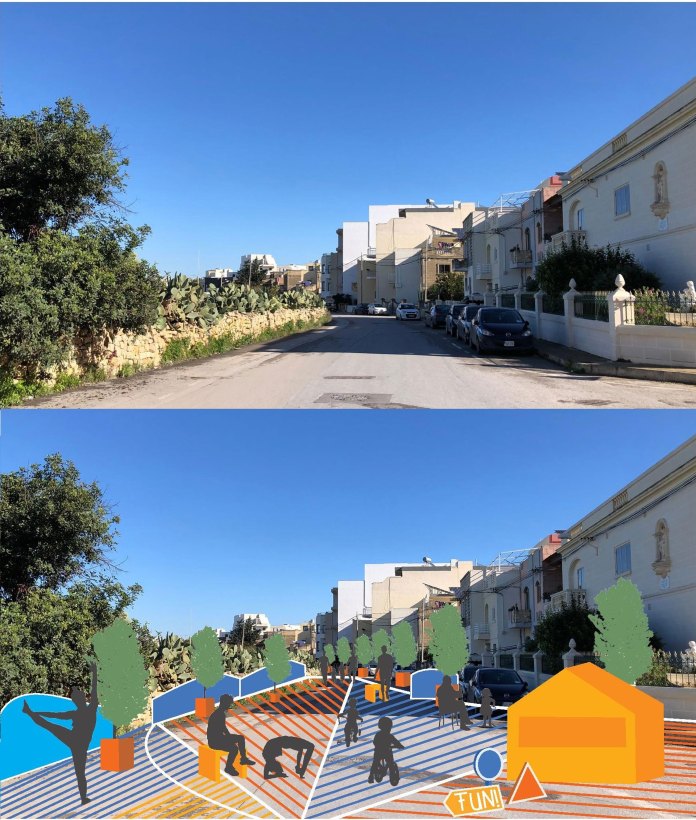
Urban project promotes importance of putting residents first again
An urban design project that proposes an increase of shared roads and the prioritising of pedestrian spaces, has seen the participation of 43 localities throughout Malta and Gozo. A number of these localities are now planning to action the recommendations received.


Slow Streets, as the project is known, was commissioned by the Local Councils Association as part of its Residents First project, an initiative that is looking at more sustainable mobility to improve the quality of life in the community. Undertaken by architecture firm Studjurban, Slow Streets is also being supported by the Ministry for the National Heritage, the Arts and Local Government.


In coordination with Transport Malta and the Ministry for Transport, Infrastructure and Capital Projects, the Slow Streets project started by studying the urban configuration and traffic flows in 43 localities to explore the possibility of reconfiguring urban spaces within these localities in a way that residents gain priority over vehicular traffic.
“More than anything, the Slow Streets Project was an exercise in compromise. It showed us that notwithstanding the heavy traffic, residents and pedestrians can still be given priority to be able to experience open spaces in their neighbourhoods better, and in a safer way,” said architect Antoine Zammit, founder of Studjurban.

Antoine explained how following a process of initial discussion with the respective Local Councils, Studjurban, in collaboration with Architect Tom van Malderen and his team of collaborating architects carried out on-the-ground and desktop analysis and created strategies for all participating Local Councils.
“In fact, the interventions we proposed individually to the 43 localities are classified on four levels namely signage and branding, re-routing of traffic flows, reconfiguration of street traffic and tactical urbanism – which means that localities may decide to alter existing situations with our proposed interventions only on specific days or during specific times, and then go back to the current state,” explains architect Antoine Zammit.
“The general idea behind the Slow Streets Project, as the name implies, is for localities to start promoting the importance of putting the residents first. This can be done by limiting traffic passing through the localities, by improving the aesthetics of local road environment and by promoting different modes of transportation,” explained Mario Fava, President of the Local Councils Association as he commented on this initiative.
“Possibly, the fact that the solutions being proposed are not permamnet could be one of the reasons why the number of local councils who have approached us for further input and to enable them to implement some of the chosen strategies has been so encouraging. They seem comfortable knowing that these projects can be reversible.”
“In fact, local councils may test and experiment the option for residents to be able to visualise and experience the proposals. If successful, the changes could become more permanent in the future and if they do not work out, the intervention may be easily reversed,” concluded Mr Fava.




































